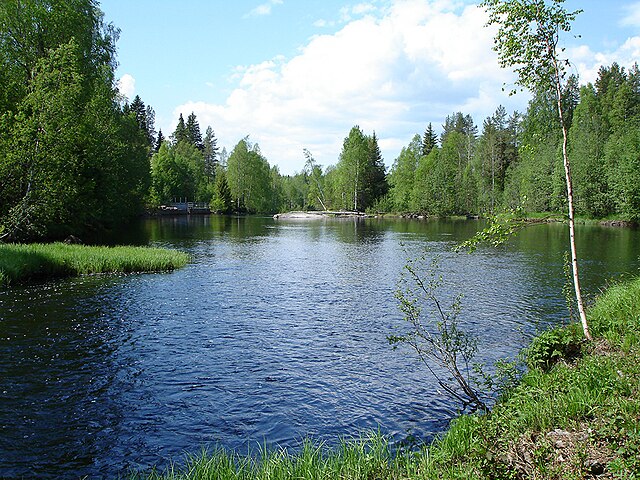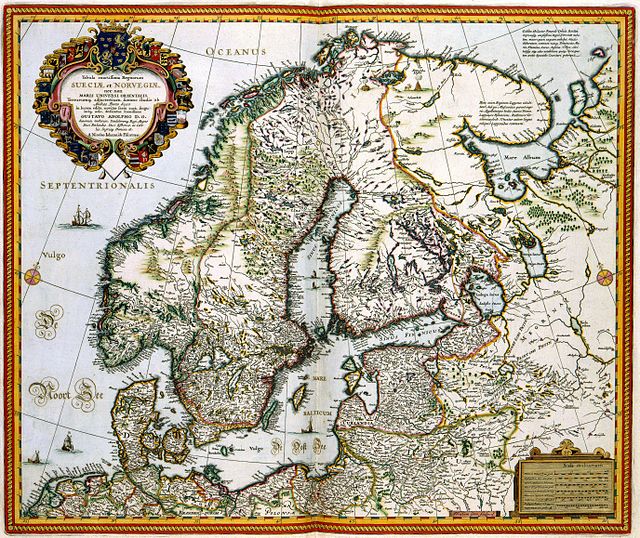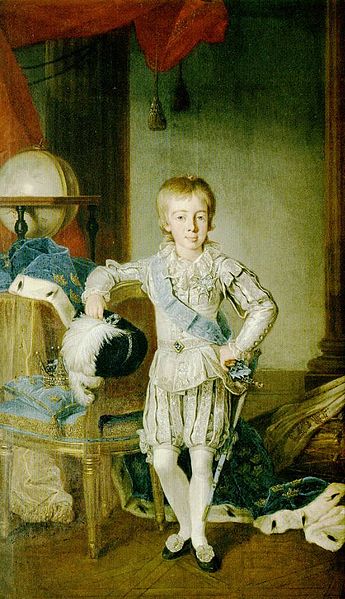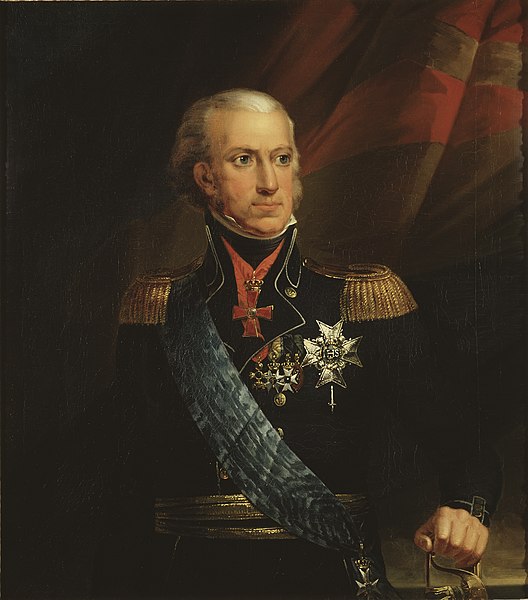The Battle of Sävar was fought on Saturday, 19 August 1809, between Swedish and Russian forces, during the Finnish War; it was the last pitched battle to be fought in Sweden. After the Russian conquest of eastern Sweden in 1808, the Swedish forces retreated to actual Sweden. In March the following year, Russian emperor Alexander I launched a threefold attack on Sweden, to force the country into the Continental System and to cede Finland to the Russian Empire; despite early advantages at Kalix and the Åland Islands, the attack failed to achieve a quick ending to the war. After further campaigning in northern Sweden, with battles such as Skellefteå and Hörnefors, the Russian forces under Nikolay Kamensky occupied all of Västerbotten by June.
Wachtmeister at Sävar, by Johan Tirén
Swedish fleet sailing through Kvarken towards Ratan, by Jacob Hägg
Pålböle River outlet (into the Sävar River)
Russian commander Nikolay Kamensky, by Friedrich Georg Weitsch
The history of Sweden from 1772 to 1809 is better known as the Gustavian era of Kings Gustav III and Gustav IV, as well as the reign of King Charles XIII of Sweden.
Gustavian era
Gustav IV at the age of 7
Gustav IV at the age of 19
Charles XIII








